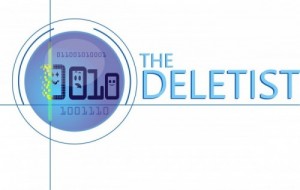Last week I heard an interesting interview with Whitney Wolfe Herd by the Lulu Garcia-Navarro. For context, she helped to found Tinder in 2012. Shortly after, she left Tinder and founded Bumble, another online dating app. Bumble’s design lets women make the first move by initiating conversation with men they find attractive.
In recent years, Bumble has not been doing well in terms of finances and slow growth on the app. After taking a year off, she recently returned as CEO with plans for a new direction. There will be emphasis on getting people off their phones to connect with others in person at local events. Other plans include using AI to suggest finely tuned matches. These matches will occur based on quizzes and questionnaires members fill out, combined with some kind of algorithm in the back making the “magic” happen. Therapists and relationship experts will help design the input questions. Also discussed was the availability of human dating coaches on the site to provide advice that doesn’t come from a chatbot.
I haven’t used an online dating site in almost 10 years. I’m also not opposed to idea of using AI to help match people faster and more accurately. When using online dating sites, I often felt overwhelmed, bored, and irritated at having to scroll through so many profiles to get a couple that seemed interesting. Having AI generate a few quality matches to explore sounds like a promising feature. Providing real-world opportunities for human connection sounds like the most encouraging advancement.
However, no matter how sophisticated AI might seem in creating matches, nobody has figured out how to use it to match chemistry. This is a critical factor for dating and coupling up with others. I’ve ended dates early because I don’t like the way my date smelled. Some years ago I had a custom perfume created with AI based on some inputted data. Though I would personally feel creeped out to do it, I’m sure there is a way for these online dating apps to sample and match chemistries.
But in the end, there’s only so much the AI can do. After all, a lot of other factors come into play beyond smell and values. More than can be matched with quizzes, questionnaires, endless swipes, and complex algorithms churning away in the background.
